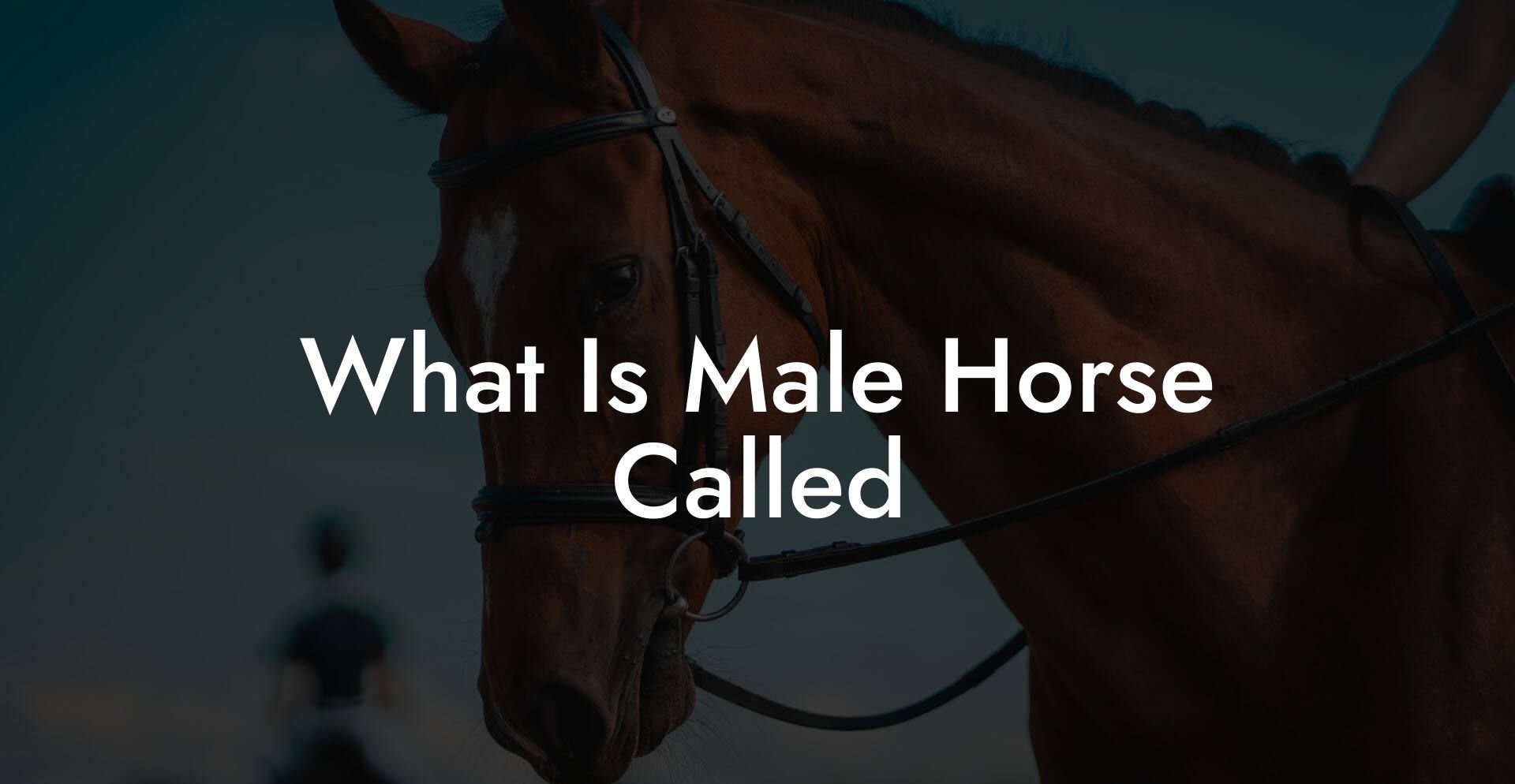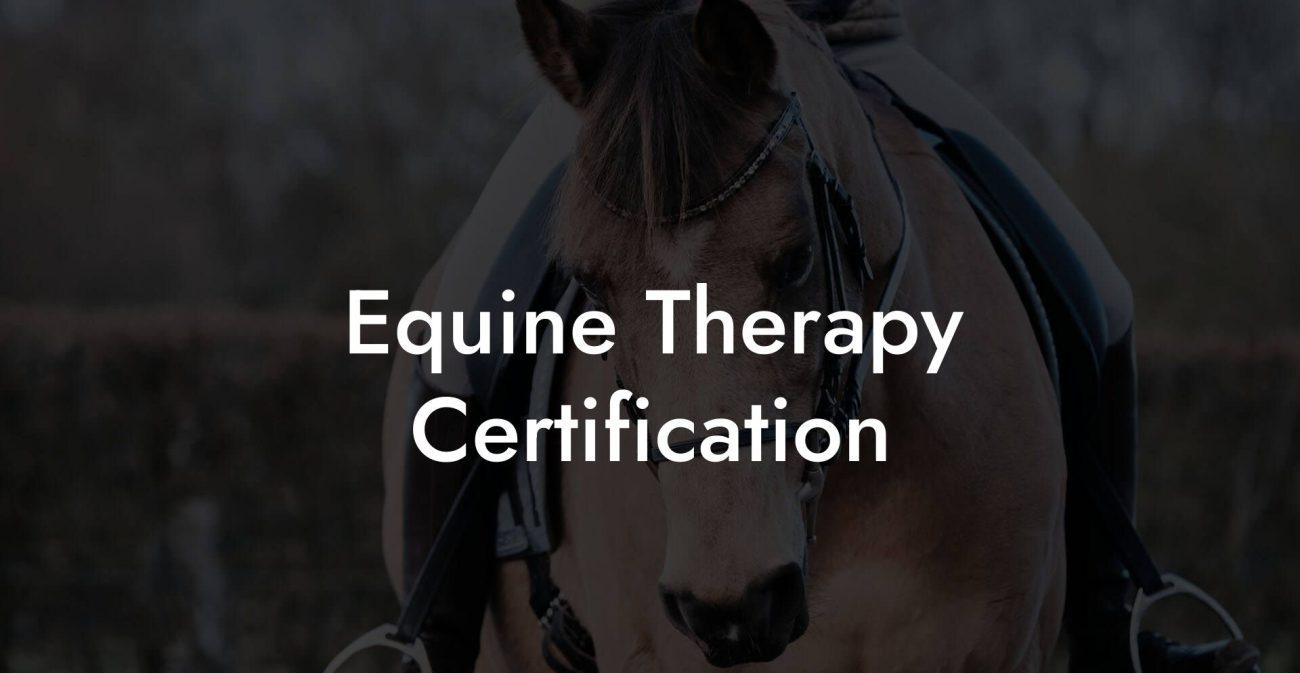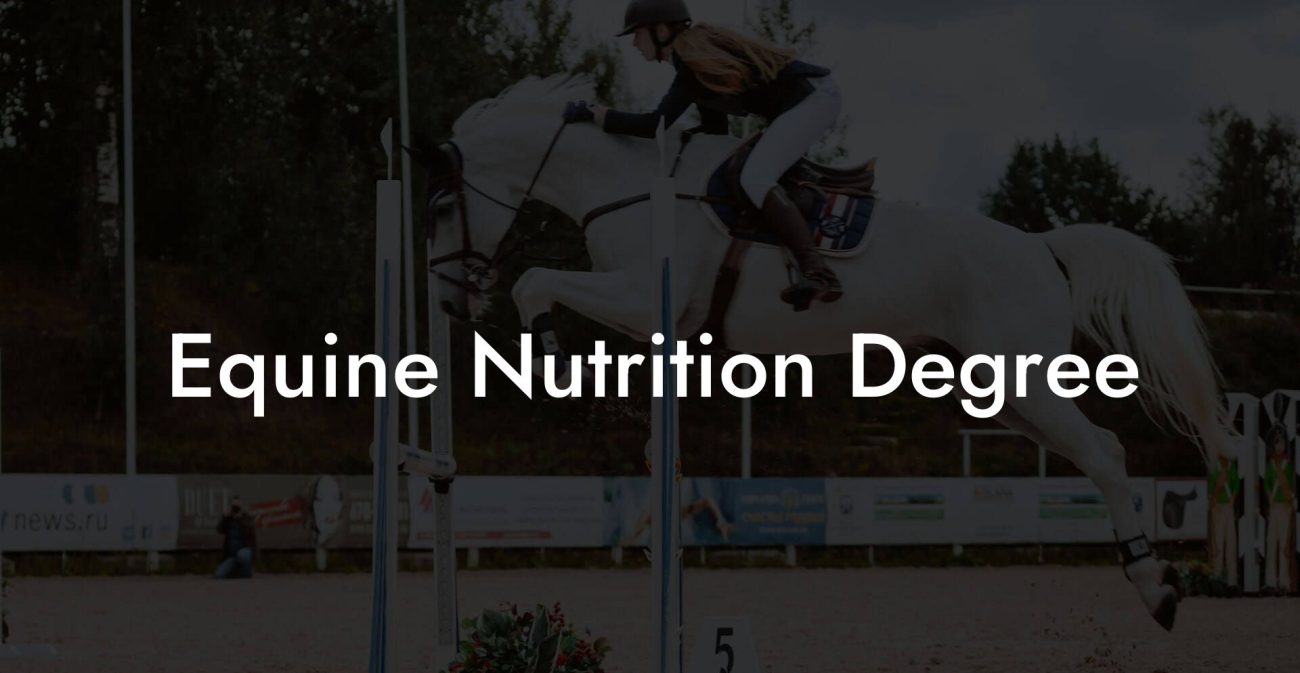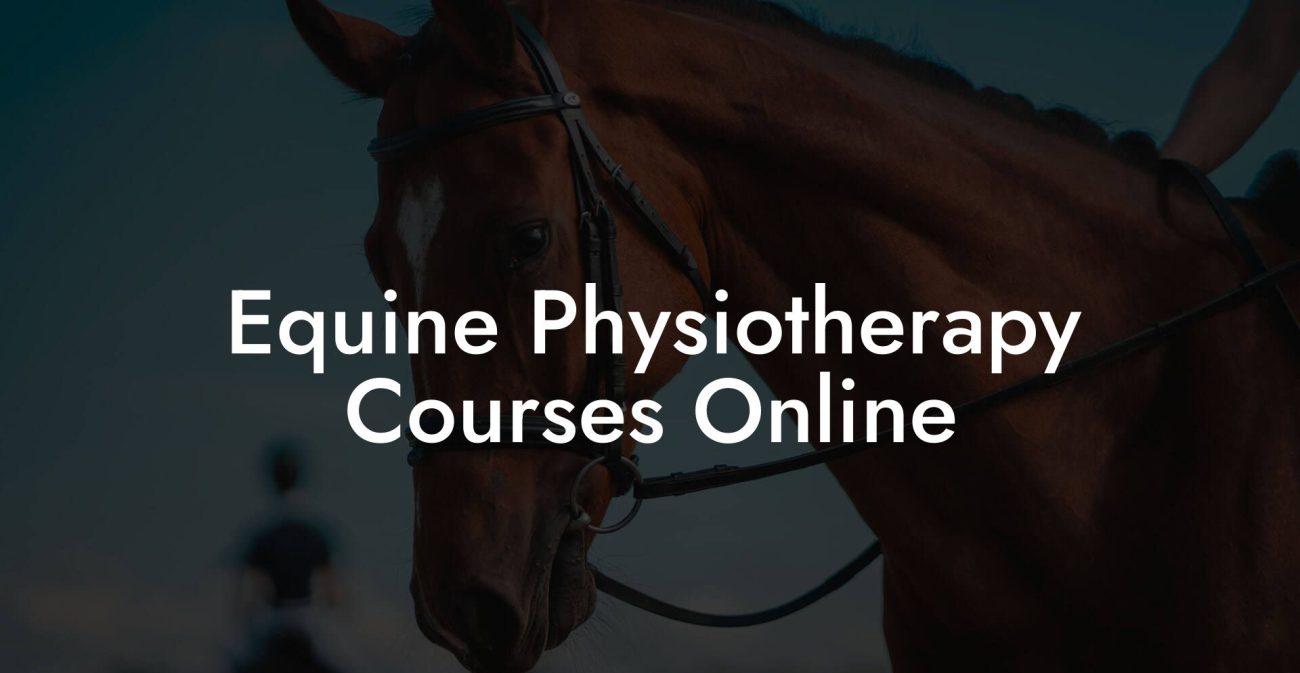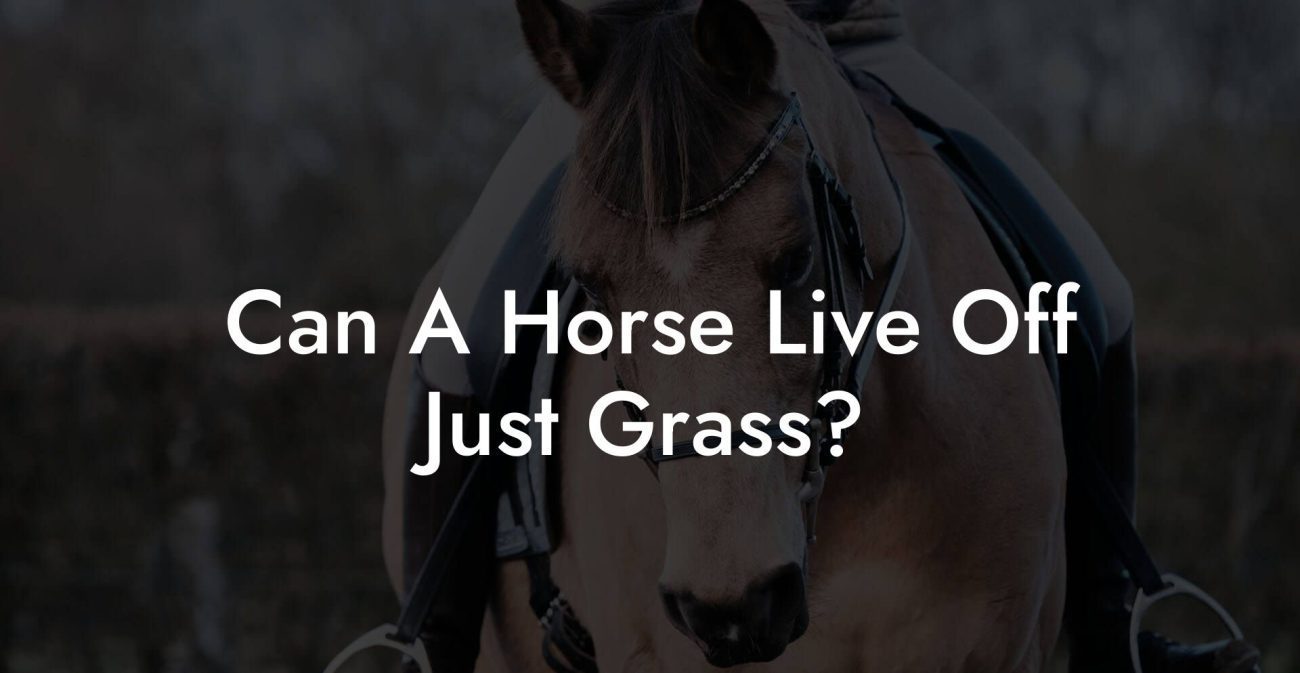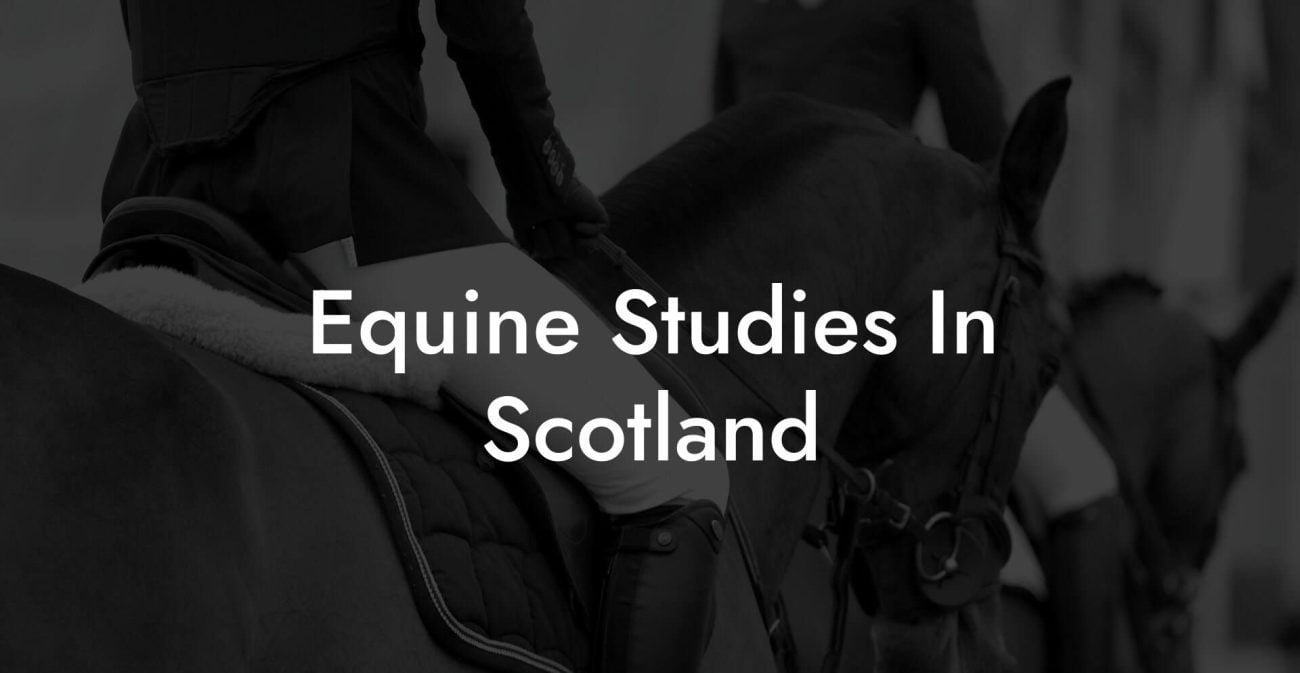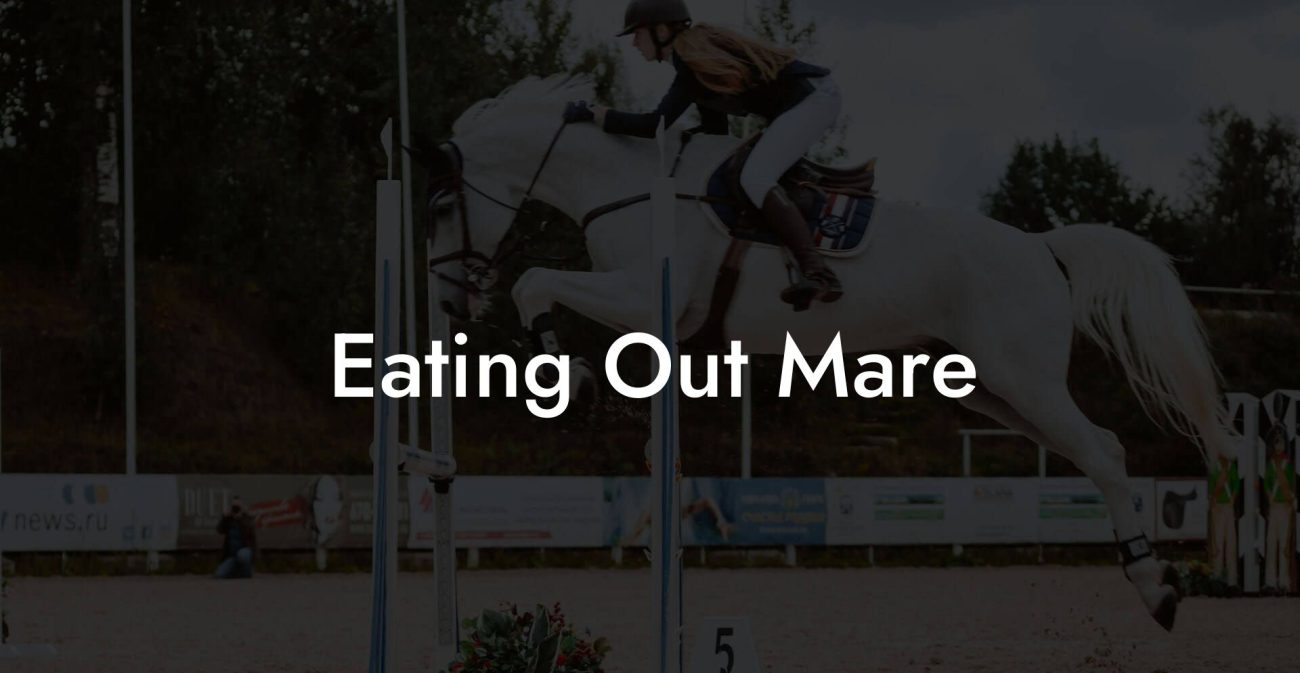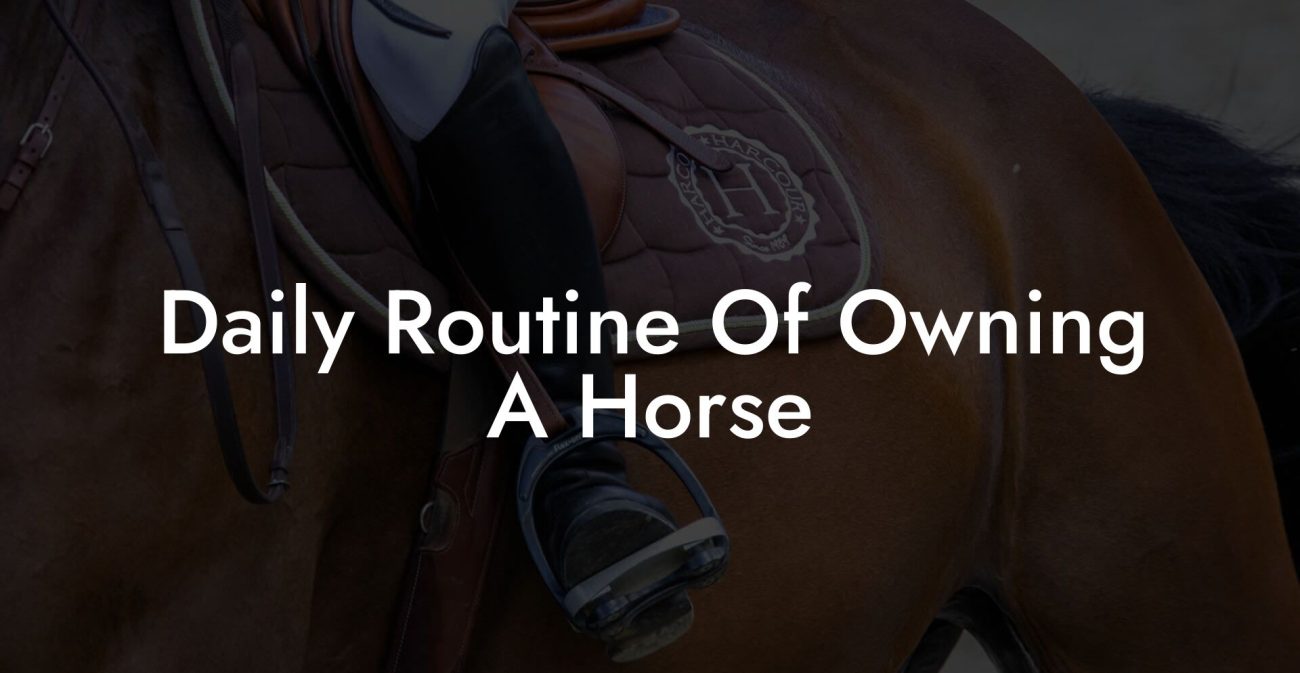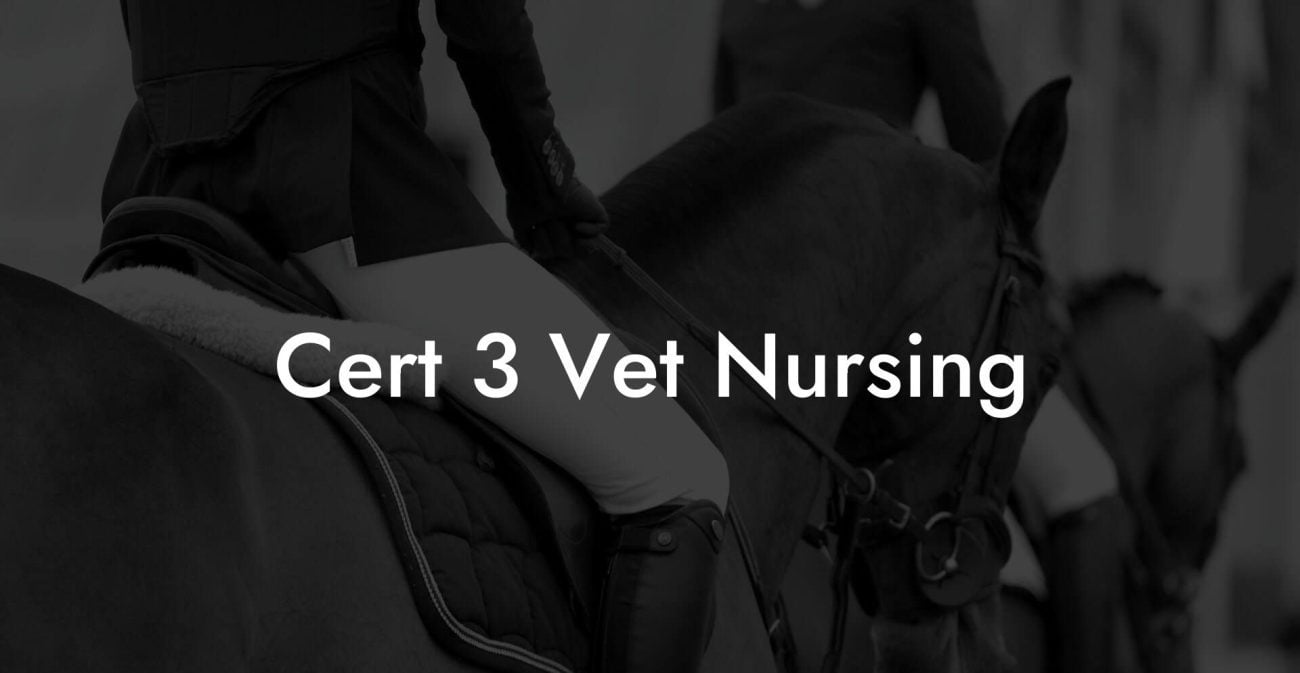Ever wondered what to call that majestic horse in your stable, that dashing male steed with a mane that could put a rockstar to shame? Whether you’re a Gen-Z dreamer diving into equine adventures or a millennial horserider looking to level up your horse care game, knowing what to call a male horse isn’t just about etiquette, it’s about understanding the unique identity and care needs of these noble creatures. Let’s saddle up and gallop through the fascinating world of male horses, from their names and characteristics to how you can provide the best care for your four-legged friend.
Quick Links to Useful Sections
- Naming the Noble: What Is a Male Horse Called?
- Tracing the Path: From Foal to Stallion or Gelding
- The Early Days: Foalhood
- Colt Years: Exploring Identity and Energy
- The Mature Stage: Stallion vs. Gelding
- The Art of Caring for a Male Horse: Essentials for Every Rider
- Stable Management and Safe Housing
- Regular grooming and Health Checks
- Exercise and Training
- The Unique Charisma and Challenges of Stallions
- The Allure of the Stallion
- Handling a Stallion: What You Need to Know
- Geldings: The Calmer Side of Male Equines
- Why Gelding?
- Caring for Your Gelding
- Feeding and Nutrition: Fueling Your Equine Champion
- Understanding Equine Nutritional Needs
- Tailoring Nutrition for Stallions and Geldings
- Grooming, Health, and Wellness: Keeping Your Horse Shining
- Daily Grooming Rituals
- Seasonal Health Considerations
- Training and Behavioral Insights: Working with Male Horses
- Establishing Trust and Communication
- Training Techniques for Different Temperaments
- Using Technology to Enhance Training
- Social Dynamics and Environment: Setting Up a Harmonious Home
- Herd Dynamics
- Pasture and Exercise Areas
- Indoor vs. Outdoor Living
- Resources and Community Support: Your Next Steps
- FAQ: Everything You Need to Know About Male Horses
- Your Road to Mastering Male Horse Care
Naming the Noble: What Is a Male Horse Called?
When it comes to male horses, the terminology can seem like an exclusive secret code seen only in old Western movies and elite stables. But fear not, the basics are easier to remember than you think! There are several terms used to refer to male horses, and each has its own unique context.
- Stallion: A stallion is an intact (unneutered) adult male horse. Stallions are known for their spirited temperaments, impressive physiques, and in many cases, their prowess in breeding. Their high-energy nature and distinctive presence often make them the stars in horse shows and competitive events.
- Gelding: A gelding is a male horse that has been castrated. This process is generally done to manage behavior, making geldings more sociable, manageable, and perfect for riding or working in different environments. For many horse enthusiasts, especially those who are new to equine care, geldings are often the go-to choice due to their calm demeanor.
- Colt: A colt is a young male horse, typically under the age of four. Think of a colt as the “teenager” of the horse world, full of energy, curiosity, and just beginning to understand its place in the herd. As colts mature, their names eventually transition to stallion (if intact) or gelding (if castrated).
- Foal: Although both male and female young horses are called foals, when you’re focusing specifically on caring for a future male, as in “what is a male horse called?”, you start with the foal stage before eventually becoming a colt.
Understanding these terms is key not only for communication but also for diving into specialized care tips. After all, the way you care for a stallion might lean more towards managing its high-spirited energy, while a gelding could be the ideal partner for daily, laid-back rides.
Tracing the Path: From Foal to Stallion or Gelding
The journey of a male horse is a captivating blend of physical growth, personality development, and, ultimately, role determination within the equine world. Every stage in a horse’s life brings its own set of needs and challenges, especially when you consider the behavioral differences between a stallion and a gelding.
The Early Days: Foalhood
A foal is the starting point of every horse’s life. This adorable, wobbly newcomer learns the basics of social interaction, nutrition, and movement while nestled under the watchful eyes of its mother and the herd. During foalhood, establishing the fundamentals of horse care is crucial. Vaccinations, proper nutrition, and early training form the cornerstone of a healthy future.
Colt Years: Exploring Identity and Energy
Once the foal grows into a colt, it enters a dynamic phase full of spirited antics and exploratory behavior. This period is when horse owners need to focus on consistent training and socialization to instill good habits. Coltians can be a handful, full of energy and occasionally mischievous, but with proper guidance, they evolve into well-mannered adults.
The Mature Stage: Stallion vs. Gelding
As your colt matures, a decision may need to be made regarding its future:
- Stallion: If you plan to use your horse for breeding or if you simply enjoy the raw, untamed spirit of a male horse, then leaving it intact might be the route to take. Stallions often require more experienced handling and specialized training to safely manage their natural instincts. They can be an impressive sight, radiating power and confidence, but they demand a higher level of care and attention.
- Gelding: If your focus is on riding, everyday companionship, or a horse that meshes well with a variety of riders, a gelding is the ideal choice. Gelding a male horse typically results in a more even temperament and easier manageability, making it a favorite for both competitive equestrians and casual riders alike.
The choice between keeping a horse as a stallion or gelding it is a significant one, impacting training methods, behavior management, and even the social dynamics of your stable. It’s a personal decision that should be made in consultation with experienced equine professionals who understand your specific goals and lifestyle.
The Art of Caring for a Male Horse: Essentials for Every Rider
Owning and caring for a male horse, be it a stallion, colt, or gelding, requires a blend of routine management, specialized attention, and heartfelt dedication. Let’s break down the essentials for providing top-notch care to your beloved equine friend.
Stable Management and Safe Housing
One of the first questions new horse enthusiasts ask is, “How do I create the perfect home for my male horse?” Whether you’re working with a stallion prone to high-energy escapades or a mellow gelding content with a serene pasture, safety and comfort are paramount.
- Proper Shelter: Ensure your horse has access to a clean, well-ventilated stable or pasture shelter. This area should offer shelter from the elements, rain, wind, and harsh sun, while also being spacious enough for movement and socialization.
- Fencing and Space: Secure, high-quality fencing is a must, especially if you’re housing an energetic stallion. Adequate space to move around, graze, and socialize with other horses contributes to physical fitness and psychological well-being.
- Clean Water and Feeding Stations: Set up designated areas for water and feed that are not only accessible but also kept meticulously clean to prevent contamination and promote health.
Regular grooming and Health Checks
Grooming is more than just a cosmetic exercise, it’s a fundamental part of horse care that promotes health, builds trust, and even serves as an early warning system for potential health issues.
- Daily Grooming: Brushing your horse’s coat, mane, and tail not only keeps your horse looking sharp but also helps distribute natural oils and remove dirt. Plus, it’s a great bonding ritual between you and your four-legged friend.
- Hoof Care: Regularly cleaning and checking your horse’s hooves is essential to prevent infections such as thrush and to catch any issues like cracks or overgrowth early on.
- Health Checks: Schedule routine visits with an equine veterinarian. Regular deworming, dental exams, and vaccinations are vital components of overall horse health.
Exercise and Training
Every male horse will benefit from a consistent exercise regimen tailored to its age, build, and temperament. For stallions with high energy levels, a mix of long rides, ground training, and specialized workouts is key. Geldings, known for their more compliant demeanor, still need regular exercise to maintain muscle tone and mental stimulation.
Incorporate activities like dressage, jumping, or even trail riding into your routine. Remember, regular physical activity keeps your horse fit, happy, and well-behaved, no matter whether you’re handling a raring stallion or a laid-back gelding.
The Unique Charisma and Challenges of Stallions
Stallions, the intact male horses, are renowned for their charismatic presence and undeniable charm. Their spirited energy, robust physicality, and leadership qualities set them apart, but they’re not without challenges.
The Allure of the Stallion
There’s something undeniably magnetic about a stallion. With a powerful gait and an aura of confidence, these horses are often perceived as the kings of the equine world. Their natural athleticism, commanding presence, and sometimes even a bit of rebellious spirit can make them fabulous for competitive sports, breeding programs, or simply for those who appreciate raw, untamed beauty.
Handling a Stallion: What You Need to Know
Taking on the challenge of a stallion demands more than just basic horse care skills. Here are some considerations:
- Experience and Training: Stallions often require a handler with a deep understanding of equine behavior. Their natural instincts can lead to unpredictability, so working with an experienced trainer is highly recommended.
- Specialized Facilities: Because of their high energy and territorial nature, stallions generally need secure and spacious facilities. This includes robust fencing and separate turnout areas to manage their interactions with other horses.
- Behavioral Management: A combination of firm, consistent training and positive reinforcement techniques is essential. Understanding the stallion’s body language and energy cues can help prevent unwanted behavior and ensure everyone’s safety.
Riding a stallion can feel like harnessing a burst of natural power, rewarding and exhilarating, provided the proper safety measures are in place. With the right mix of care, structure, and respect for their spirited nature, stallions can be transformed into well-behaved partners capable of excelling in various equine disciplines.
Geldings: The Calmer Side of Male Equines
Not every horse owner is ready to take on the untameable energy of a stallion. For many, a gelding is the perfect blend of spirited charm and manageable behavior. Geldings are typically more laid-back, making them ideal for a wider range of riding and therapy programs.
Why Gelding?
Gelding, or castrating a male horse, significantly reduces aggressive and dominant behaviors often associated with stallions. This means:
- Easier Handling: Geldings are generally more cooperative and stable in group settings, making them a favorite among amateur riders.
- Improved Focus: With fewer hormonal distractions, geldings tend to concentrate better during training and are more receptive to learning new skills.
- Safer Environments: For small stables or equine therapy programs, geldings offer a safer alternative, reducing the risk of injury to handlers and other horses.
Caring for Your Gelding
While geldings might be less challenging than stallions, they still require a solid care routine:
- Consistent Exercise: Regular physical activity is a must. Whether it’s a light daily ride or a structured training session, ensure your gelding gets enough movement to stay fit and engaged.
- Socialization: Geldings generally enjoy the camaraderie of other horses, so ensure they have ample opportunities to interact in a secure setting.
- Health Monitoring: Like all horses, regular health checks and a keen eye on any behavioral changes are key. Despite their calm nature, geldings still need timely vaccinations and routine veterinary care.
With a balanced approach to training and an emphasis on routine, geldings can be some of the sweetest, most reliable equine partners. They’re proof that sometimes, a little calm goes a long way.
Feeding and Nutrition: Fueling Your Equine Champion
Proper nutrition is the backbone of any robust horse care regimen. Just like fueling a high-performance sports car, feeding your male horse the right mix of nutrients is imperative for optimal health, performance, and longevity.
Understanding Equine Nutritional Needs
Every horse is unique, but there are common nutritional fundamentals every horse owner should know:
- Forage First: Grass and hay should form the foundation of your horse’s diet. High-quality hay provides the fiber essential for proper digestion.
- Concentrates and Grains: Depending on your horse’s energy needs, supplements like oats, barley, or specially formulated grain mixes can be added. However, these should always complement, not replace, good quality forage.
- Vitamins and Minerals: A balanced diet for a horse includes an array of vitamins and minerals to support everything from muscle function to immune health. Often, a complete vitamin/mineral supplement is recommended, based on veterinary guidance.
- Fresh Water: Horses require continuous access to clean, fresh water. Dehydration can lead to serious health issues, so never skimp on water availability.
Tailoring Nutrition for Stallions and Geldings
While the basics of equine nutrition apply across the board, stallions and geldings might have slightly different energy demands:
- Stallions: Given their high energy and sometimes unpredictable behavior, stallions may require a more protein-rich diet to support muscle mass. However, the dietary balance should be carefully monitored to avoid excess weight, which can strain an active, vigorous horse.
- Geldings: For geldings, the focus is often on steady energy release to support long rides and calm behavior. Adjust feed quantities to match activity levels, keeping in mind that overfeeding can lead to obesity and related complications.
Nutrition in the equine world is a science as much as it is an art. Regular consultations with an equine nutritionist or veterinarian will ensure your horse’s diet evolves with its changing needs, whether it’s a playful colt developing into a robust gelding or a spirited stallion showing off its strength.
Grooming, Health, and Wellness: Keeping Your Horse Shining
Grooming your male horse isn’t just about achieving that Instagram-worthy shine, it’s a core component of overall health. Regular grooming routines help spot potential health issues, improve circulation, and establish a lasting bond between you and your horse.
Daily Grooming Rituals
Establishing a consistent grooming schedule has benefits that go far beyond a sleek mane and shiny coat:
- Brushing: Brushing removes dust, dirt, and loose hair, while also stimulating the skin’s natural oil production.
- Mane and Tail Care: Regular combing or braiding prevents tangles and promotes healthy hair growth.
- Skin Checks: Use grooming time to check for any cuts, swelling, or signs of irritation. Early detection is key to preventing bigger health issues.
Seasonal Health Considerations
Just as we switch up our wardrobes with the seasons, your horse’s care routine should also adapt to environmental changes:
- Winter: In cold weather, focus on insulating your horse through proper shelter, supplemental feeding, and regular hoof care to avoid frostbite and other cold-related issues.
- Spring and Summer: As temperatures rise, maintaining hydration becomes even more critical. Monitor your horse closely during hot weather and provide plenty of shade and water.
- Fall: Transition periods require careful attention to changes in activity levels and nutritional needs. Adjust feed and exercise routines to ensure a smooth transition between seasons.
Grooming and regular health monitoring are fundamental to ensuring your male horse not only looks great but also performs at its best, because a healthy horse equals a happy and thriving companion.
Training and Behavioral Insights: Working with Male Horses
Training your male horse requires a special blend of patience, skill, and understanding of equine behavior. Whether you’re managing an exuberant stallion or working with a cooperative gelding, effective training techniques are the cornerstone of a strong horse-human connection.
Establishing Trust and Communication
The cornerstone of any successful training regimen is trust. Spend quality time with your horse, engage in daily grooming sessions, and communicate clearly through body language and consistent cues. These actions set the stage for improved behavior and a more reliable partnership.
Training Techniques for Different Temperaments
Tailor your approach to the individual personality of your horse:
- For Stallions: Emphasize leadership and respect. Techniques such as ground training, desensitization exercises, and controlled exposure to various stimuli can help contain the stallion’s natural dominance. Consistency is key, clear signals can help curb intimidating behaviors.
- For Geldings: Focus on reinforcing positive behavior with rewards and gentle corrections. Their typically receptive nature means they often learn quickly when a reward system is in place.
Using Technology to Enhance Training
Modern technology has found a place in the stable as well. From fitness trackers designed for equines to smart devices that monitor heart rate and movement patterns, these tools can help you fine-tune training routines, ensuring that your horse reaches peak performance safely and effectively.
Whether you’re planning a casual trail ride or preparing for competitive events, understanding and adapting to your horse’s behavior will pay off in a more enriching and safe riding experience.
Social Dynamics and Environment: Setting Up a Harmonious Home
Horses are inherently social animals that thrive on interactions with their herd mates. Creating an environment where your male horse feels secure, engaged, and stimulated is as important as feeding and grooming.
Herd Dynamics
In the wild, horses live in structured herds with a defined social hierarchy. While domesticated horses may enjoy the company of other horses, understanding these dynamics can help you mediate conflicts and encourage healthy interactions. Whether it's introducing a new gelding into your stable or managing the temperament of a stallion, observe the social cues and maintain a structured environment.
Pasture and Exercise Areas
A well-maintained pasture not only provides a natural space for grazing but also acts as a playground for your horse’s physical and social needs. Ensure that your pasture is secure, spacious, and regularly rotated to prevent overgrazing. Combined with ample turnout time, a refreshing environment contributes to better mental health and reduces behavioral issues linked with boredom.
Indoor vs. Outdoor Living
While many horses enjoy the freedom of the outdoors, there are times when a stable environment is necessary, especially during adverse weather conditions or for horses with particular health needs. Striking the right balance between indoor rest and outdoor activity is key to a harmonious living setup for your equine companion.
Resources and Community Support: Your Next Steps
Embarking on a journey of horse care is as much about learning from others as it is about personalized experience. Thankfully, you’re not alone, there’s a vibrant community of equine enthusiasts, professionals, and online resources ready to support you along the way.
- Online Forums and Social Media Groups: Platforms like Facebook groups, Reddit’s r/Equestrian, and specialized horse care forums are treasure troves of advice and shared experiences.
- Equestrian Blogs and YouTube Channels: Influencers and experts alike share practical care tips, product reviews, and step-by-step guides to help you tackle everyday equine challenges.
- Local Riding Clubs and Veterinary Services: Connect with local stables, equine therapists, and veterinary professionals who provide customized advice, offer training classes, and host community events.
- Workshops and Seminars: Whether online or in-person, continuing education on horse care, equine nutrition, and training techniques can deepen your knowledge and enhance your horse’s well-being.
Embrace these resources, both for your own growth and to contribute to the wider community. Sharing success stories, challenges, and insights can empower fellow horse owners while reinforcing your own journey toward becoming the best caregiver you can be.
FAQ: Everything You Need to Know About Male Horses
Have more questions swirling around in your head than hay in your barn? We’ve got you covered with some of the most frequently asked questions about male horses.
1. What is the proper term for a male horse?
The correct term depends on the horse’s age and reproductive status. An intact adult male is called a stallion, a gelded male is simply known as a gelding, and a young male horse is referred to as a colt.
2. Why would someone choose to geld a male horse?
Gelding a male horse can help manage aggressive or dominant behavior, making the horse easier to handle. Geldings are often preferred for riding, therapy programs, and situations where a calmer demeanor is desired.
3. How does caring for a stallion differ from caring for a gelding?
Stallions typically require more experienced handling due to their high energy and natural breeding instincts. Geldings, on the other hand, tend to have more even temperaments, making them ideal for regular riding and training routines.
4. What are the most important aspects of male horse care?
Key aspects include secure and comfortable housing, proper nutrition, regular vet care, daily grooming, and an exercise regimen tailored to the horse's age and temperament.
5. What nutritional considerations should I keep in mind for my horse?
Quality forage should be the cornerstone of their diet, supplemented with concentrates and vitamins as needed. Fresh water, balanced minerals, and seasonal dietary adjustments are equally important.
6. Can technology assist in horse training and care?
Absolutely! Modern devices such as equine fitness trackers and smart monitors can help you gauge your horse’s activity, track vital signs, and adjust training plans accordingly to optimize health and performance.
7. Is it safe to house multiple horses together?
Yes, horses are social animals. Providing a secure, well-monitored herd environment can enhance their well-being. However, always be mindful of individual temperaments and potential conflicts, particularly when stallions are involved.
8. How often should I schedule veterinary check-ups?
Routine veterinary visits for vaccinations, dental care, and overall health assessments should be scheduled at least once every six months. More frequent checks may be needed if there are any signs of health issues.
Your Road to Mastering Male Horse Care
Navigating the world of horse care is a thrilling, ongoing journey, a blend of science, art, and genuine passion for these noble creatures. Whether you’re asking “What is a male horse called?” or diving deep into the best ways to care for your stallion or gelding, every step you take enriches the relationship between you and your equine companion.
From establishing a reliable routine rooted in proper nutrition and regular health checks to understanding the subtle nuances of training and social dynamics, every aspect of care contributes to a thriving, happy horse. Remember, the journey doesn’t end with merely naming your horse, it’s an evolving adventure that challenges you to learn, adapt, and ultimately become a better caregiver.
As you venture further into the realm of equine mastery, lean on available resources, connect with the community, and never stop exploring innovative ways to enhance your horse’s quality of life. Every gallop, every grooming session, and every positive interaction builds a legacy of love, respect, and unparalleled care for your horse.
The world of male horses is as dynamic and multifaceted as you are, full of lessons in strength, beauty, and the art of balance. So, grab your reins, trust your instincts, and ride forth into a future where you and your horse flourish together, united by passion, commitment, and the timeless bond of care.

